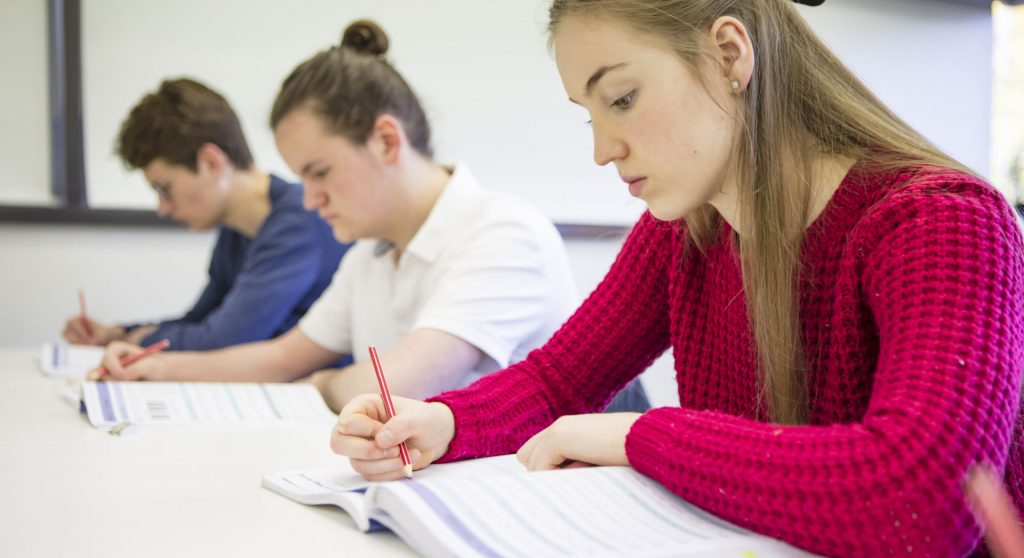Top 10 music literacy tips to set up your school year!
Comments Off on Top 10 music literacy tips to set up your school year!
Look, let’s be honest, returning to school for a new year feels a little bit like coming out of a deep festive-season-holiday hibernation. The thought of showing up on day one and having your entire music theory approach planned out for the year can be daunting.
However, what you do on day one is actually super vital for a number of reasons. You might be kicking off with a brand spanking new class or in need of a gentle way to refresh what you’ve learned and ease into the school year. What you do music theory wise can set the tone for everything that follows. Here at DSMusic, we’re all about sequential music literacy and knowing, not just learning, so with that in mind, let’s chat through getting things off to a strong start.
DEB’S TOP 10 TIPS FOR TEACHERS & STUDENTS
1: Take it one step at a time: let’s get sequential.
The best music literacy programs have a sequential approach, but that basically just means little step-by-step increments in teaching and learning. This can work either by starting from the very foundation with a concept or skill, or in reverse — seeing what ‘knowing’ looks like and working backwards. For many, the end of the line is what will be on the exam, so if that helps, use that as your compass, just make sure you take the time to prepare, present and practice music theory.
2: Just keep listening, just keep listening.
No matter what, listen. All the time. In class and out. For whatever needs to happen in those listening, analysing and responding moments, it’s a great idea to listen to as wide a variety of music as possible. Across styles, genres, instrumentation and artists. Listen for the feeling it creates, pay attention to the elements and devices that contribute to this and get into the habit early (and often!) of trying to note down what’s being heard.
3: Never fear, just inner hear.
For what is usually quite a noisy subject — all that singing, playing and clapping — there is a way to listen to music on the page too, without any sound. Inner hearing, or thinking sound, is frankly the only way to handle dictations and transcriptions come exam time, but more than that, it’s an internal way of seeing what you hear and hearing what you see.
4: Move to the music.
Here at DSMusic, we’re big on singing and setting that up as a staple in the classroom from the get-go, but sometimes folks just feel a bit too vulnerable to show off their pipes. Using body percussion and movement can be a great way to lean into the strengths of the entire class and can be as simple as walking the beat or as challenging as a particularly intense clever echo!
5: Connect the dots: make it relevant & authentic.
Just like with the analysing we touched on earlier, which actually is there to help make us better performers, so too should music theory support what happens practically. Providing there’s some sequential scaffolding in place for the concept, you can take your lead from the lead sheet, or the notated score, or whatever’s happening repertoire wise. Analyse and sing the scales these pieces are based on, use rhythm names and Solfa to sightread new material or try inner hearing to support rote learning or memorisation.
Need a brain break? Brodie does!

6: Learning your musical ABC’s.
Music classrooms are full of a mix of folks, with differing abilities, instruments (& keys!), musical tastes and assessment requirements, so why not go with the music theory option that is universal? Tonic Solfa or Moveable do Solfa is a system of note naming in which every note within a scale is given a name based on its relationship to the other notes within that key. Solfa shows us how to spell music – it’s a system for that in the same way the alphabet is for language.
7: Set yourself some ‘Deb deadlines’.
It can be easy, even as early as Term 1, to start freaking out about upcoming tests, SACs and exams. When plotting things out, set up some ‘Deb deadlines’ — these pop up ahead of the actual date everything needs to be known by and act as a great progress check to help work out what still needs attention. We do dress rehearsals and mock exams for performance, why not for music theory too?
8: Get creative in order to really know.
There’s a pretty huge list of ways you can teach, learn and practice certain music theory concepts, so while scribbling things down on a worksheet or watching a video or two are all well and good, don’t be scared to try something a little different. Composition is a terrific way to reinforce and consolidate understanding, and it also doubles as a means for finding authentic student voice. Why not try conducting during rhythmic dictations or singing scales in canon? This keeps things engaging in the classroom and ticks off concepts in different contexts.
9: Plan, print & laminate a practice chart so you really get into the routine.
Just like anything, music practice is a skill that needs deliberate work, or, funnily enough, practice. We need to play/sing on our instrument regularly, and rehearse pieces and technical work during classes, in lessons and at home — and it’s the same for music theory. Set up a schedule, or some structure for practicing and make sure this gets time during the week in the same way homework for other classes do!
10: Strive for progress not perfection.
Obviously everyone wants to pass and do well, and outcomes and assessments are important, but at the end of the day, the reason we’re all doing this is to become better musicians and performers, right? Or at least, the best musician we can be, which is more about building skills and capacities over time than it is getting everything note perfect!
How can DSMusic resources help you start strong?
There’s countless material on hand to structure out all your teaching, learning and knowing. The Musicianship & Aural Training Series includes 100s of worksheets, videos, listening exercises and more, while the Music Language Online Courses – Analysis and Musicianship – are great ways to deep-dive and double-down!
Other things to consider at the start of a new year:
- chances are there’s been little (or zero!) study or practice over the break so relish the opportunity to refresh
- learning intentions and outcomes are key – know what the endgame is, and roughly the way to get there so there’s no surprises
- remember that’s it’s never too late to learn Solfa!

Set your goals & strive towards progress!
After all that, the key takeaways really are to be kind to yourself (this goes for teachers and students) and do future you a favour by plotting out some preliminary steps and pinpointing your go-to resources. And remember — begin listening, singing and practicing from day one!
Happy back-to-schooling! – Deb


Comments are closed